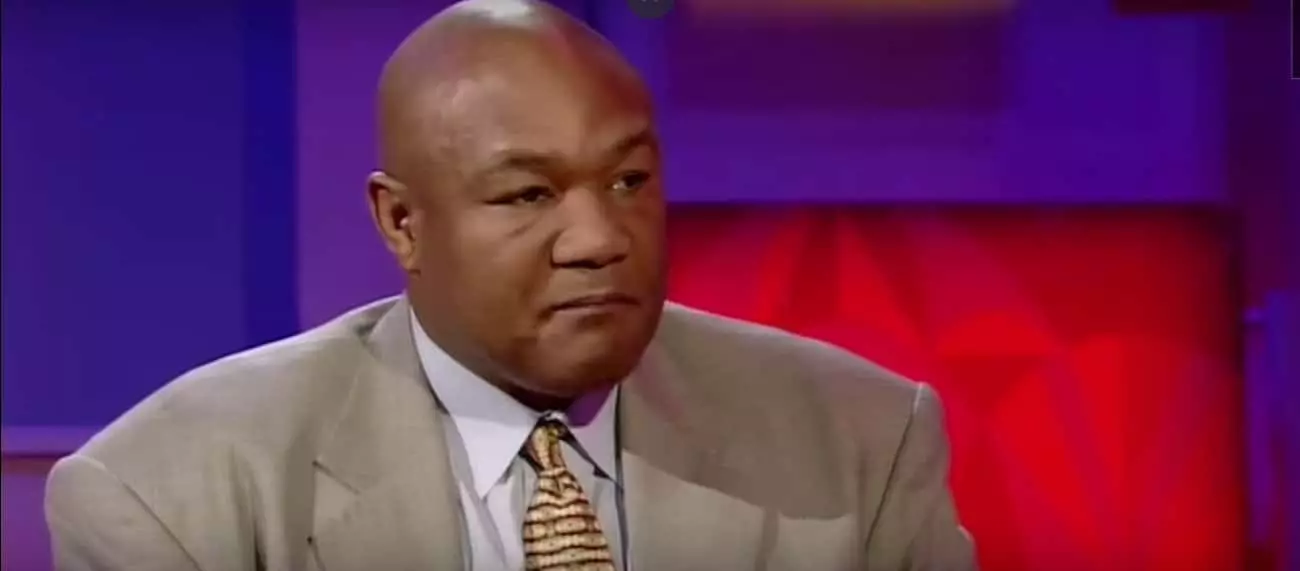On this day, we remember and celebrate the birth of George Foreman, a man whose life story is as multifaceted as his career. Born 76 years ago in Marshall, Texas, Foreman has navigated through different eras and personalities, embodying the very essence of resilience and reinvention. The story of “Big George” kicks off not in a boxing ring, but rather in a difficult socio-economic backdrop. Growing up in a troubled environment, he had little opportunity for advancement until the Job Corps program, initiated by President Lyndon Johnson, offered him a lifeline.
This initiative aimed to assist disadvantaged youth, providing them with training and opportunities. For young Foreman, it was this program that opened the doors to boxing. Initially, he entered a gym with the hope of shedding excess weight, yet he found much more—a path that would lead him to Olympic glory and professional acclaim. Under the guidance of trainer Doc Broadus, Foreman showed immense promise. By the time he made his amateur debut in 1967, his life was on the brink of transformation.
Foreman’s progression was nothing short of meteoric. Just a year after he began boxing, he clinched the gold medal at the 1968 Olympics in Mexico City, with a mere 16-4 record as an amateur. His victory over Jonas Cepulis in the final was a significant milestone, not just for Foreman, but also for American sports, considering the complex political climate of the era. Unlike other American athletes on the podium, who made headlines for their civil rights protests, Foreman celebrated by waving a small American flag, symbolizing his patriotic pride and the hope emerging from his own tumultuous upbringing.
Following his Olympic success, he quickly transitioned into professional boxing, and his power in the ring became apparent. With a series of calculated matches that built his reputation, he soon found himself in pursuit of the heavyweight title. The unforgettable moment came in January 1973 when he stepped into the ring against Joe Frazier. In a bout that lasted just two rounds, he delivered a brutal display of strength that cemented his status as a heavyweight contender. However, his subsequent loss to Muhammad Ali in the historic “Rumble in the Jungle” proved to be a pivotal point in his career.
Foreman’s mental state suffered after his defeat by Ali, reflecting the weight of unfulfilled potential. To many fans, this was not the end but merely a setback in a long career ahead. Over the next few years, Foreman continued to fight, engaging in some of the most memorable matches of his life, including a thrilling showdown with Ron Lyle. Unfortunately, a loss to Jimmy Young in 1977 forced Foreman to reassess his life and career. He stepped away from boxing for almost a decade, citing a spiritual epiphany and a desire to rebuild himself outside the ring.
In 1987, after a deeply introspective hiatus, Foreman’s return to boxing was nothing short of astonishing. He reinvented himself, not just physically but also mentally, shedding his former persona in place of a more introspective and mature fighter. With the motivation of saving his Youth and Community Center, Foreman took a grassroots approach to his comeback, enlisting new trainers and refining his techniques. His return to the ring at an advanced age raised eyebrows but ultimately culminated in a sensational victory that resonated with fans worldwide.
Foreman’s comeback is often hailed as one of the greatest in sports history. Capturing the heavyweight title once again by defeating Michael Moorer, Foreman’s victory was redemptive—a testament to determination and the spirit of perseverance. Not only did he reclaim his championship, but he also redefined himself as a beloved figure in popular culture. His ventures into business, particularly with the George Foreman Grill, established him as a savvy entrepreneur, netting substantial earnings that secured his legacy long after retirement.
Today, as George Foreman celebrates his 76th birthday, he stands as a global icon, transcending the sport of boxing. His legacy embodies the essence of resilience and hope. From a troubled youth to an Olympic champion, through adversity, retirement, and a triumphant return to the ring, Foreman’s journey serves as an enduring inspiration, showcasing that it’s never too late to redefine one’s path. He is, without question, a treasure not just in the realm of sports but also as a cultural touchstone for generations to come.

